The Self: Naturalism, Consciousness and The First-Person Stance
What is it to occupy a first-person stance? Is the first-personal idea one has of oneself in conflict with the idea of oneself as a physical being? How, if there is a conflict, is it to be resolved? The Self recommends a new way to approach those questions, finding inspiration in theories about consciousness and mind in first millennial India. These philosophers do not regard the first-person stance as in conflict with the natural-their idea of nature is not that of scientific naturalism, but rather a liberal naturalism non-exclusive of the normative.
Jonardon Ganeri explores a wide range of ideas about the self: reflexive self-representation, mental files, and quasi-subject analyses of subjective consciousness; the theory of emergence as transformation; embodiment and the idea of a bodily self; the centrality of the emotions to the unity of self. Buddhism's claim that there is no self too readily assumes an account of what a self must be. Ganeri argues instead that the self is a negotiation between self-presentation and normative avowal, a transaction grounded in unconscious mind. Immersion, participation and coordination are jointly constitutive of self, the first-person stance at once lived, engaged and underwritten. And all is in harmony with the idea of the natural.
Contents: Introduction. Part I: Naturalism and the self: Historical prelude: varieties of naturalism. 1. Conceptions of self: an analytical taxonomy. 2. Experiment, imagination and the self. Part II: Mind and body. 3. Emergence. 4. Transformation. 5. Persistence. 6. The self as bodily. Part III: Immersion and subjectivity. 7. The composition of consciousness. 8. Self-consciousness. 9. Reflexivism. 10. Sentience. 11. Other minds. Part IV: Participation and the first-person stance. 12. The mind-body problem. 13. Attention, monitoring and the unconscious mind. 14. The emotions. 15. Unity. 16. The distinctness of selves. Conclusion: a theory of self. Bibliography. Index.
Get it now and save 10%
BECOME A MEMBER

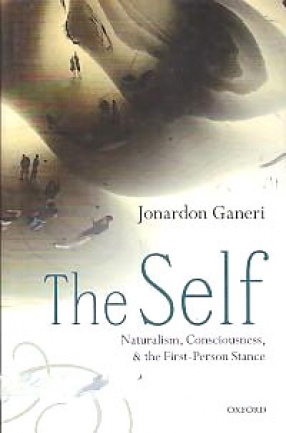

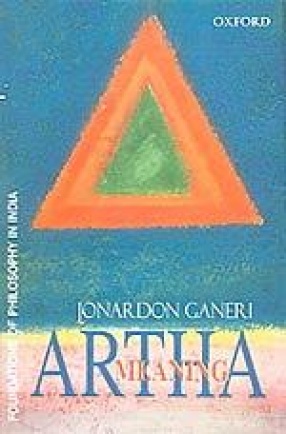
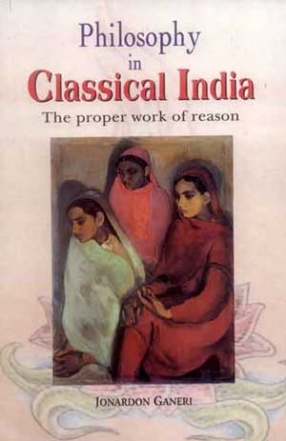
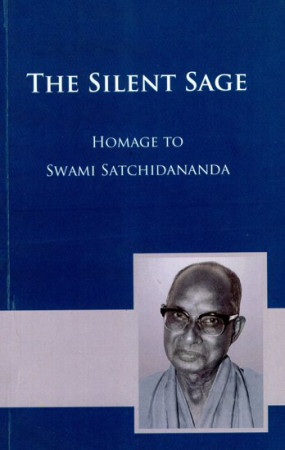

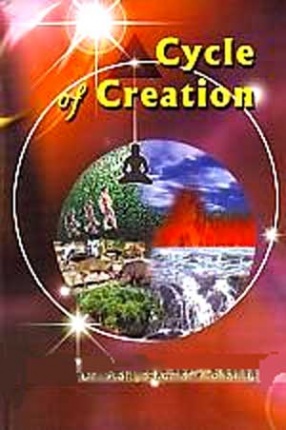
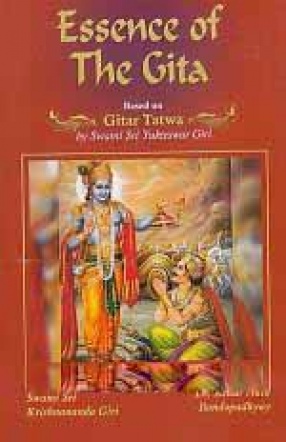

Bibliographic information